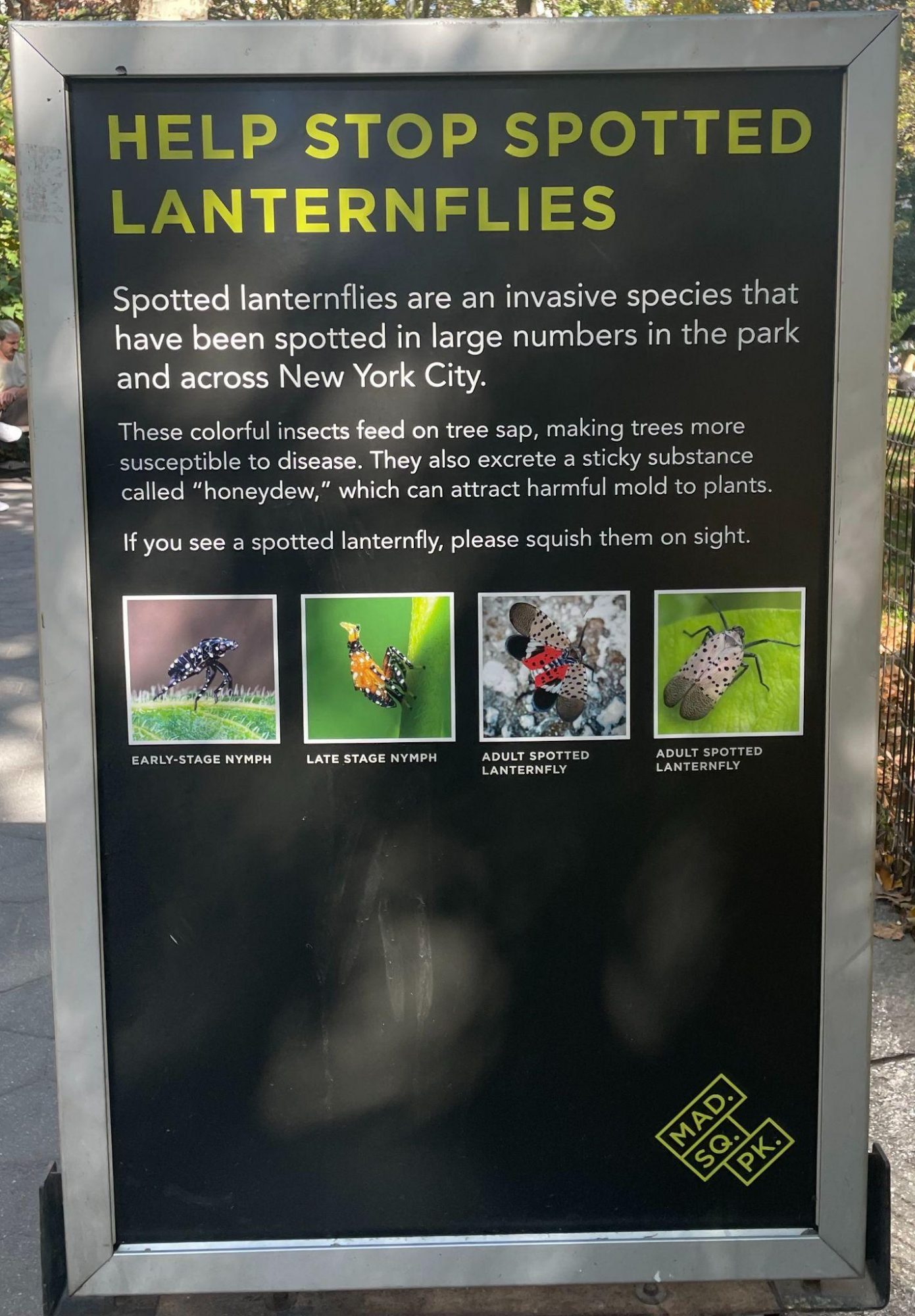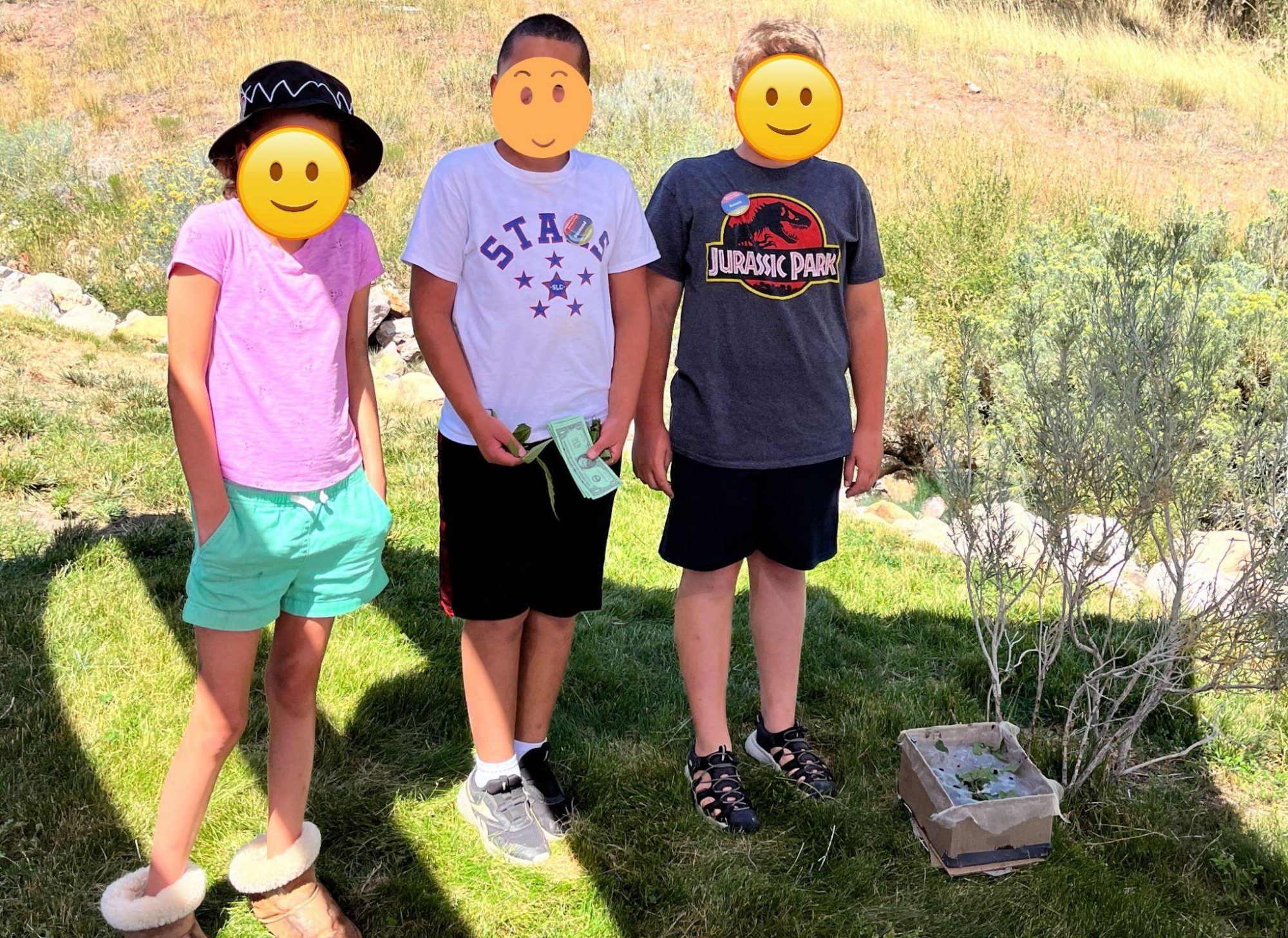Nancy Butler Songer, Associate Provost of STEM Education at the University of Utah, highlights the importance of introducing STEM programs to younger students
Fifty years ago, I was one of three girls (of fifty 11 and 12-year-olds) in the after-school Science Club (Figure 1). Equipped with my bicycle and a large butterfly net, my task was to gather and identify fifty different species of insects before school began again in the fall. Little did I know that this activity was a formative experience leading to a career in Science, Technology, Engineering, and Mathematics (STEM) Education.

My experience as a twelve-year-old is consistent with a wealth of research indicating that pre-teen interest in STEM fields, including Engineering, is a strong predictor of future careers. Research studies indicate that to increase the number of students pursuing engineering and science as a career goal, we must increase activities with engineering as a fundamental component before students reach their teenage years (Sneider & Ravel, 2021).
Why does it matter if STEM programs are introduced early?
Developing an interest in STEM before students enter high school (grade 9) is a very strong predictor of future success. Pre-university programs encouraging those underrepresented in STEM fields to recognize themselves as individuals who can design solutions for their community are particularly important. For example, researchers in England found that students as young as age ten associate engineering with masculinity (Moote et al., 2019), and these beliefs are difficult to overcome at later ages.

STEM programs: What works?
There is a wealth of research on how to challenge these trends. For example, research studies indicate that when STEM programs for ages 10-14 introduce engineering at the beginning of the unit, the problem provides an important grounding and context for the learning (Crotty et al., 2017).
Following this approach, we have designed and evaluated curricular programs for students ages 10-14 that start with an invitation. Student teams as young as ten are asked to help the Department of Agriculture address problems with local invasive insects, such as the Spotted Lanternfly, known to cause illness in fruit trees throughout the eastern part of the United States. Teams explore the insect’s life cycle and the impact of the insect on the local economy, agriculture, ecological stability and/or health. Teams create multiple designs for their insect traps and evaluate which design features might lead to an optimal design.
Once a final design is selected, students build their trap, place it in an optimal location, and collect data to evaluate the success of their solution. They also create scientific arguments that explain why they believe their traps will be successful.
Our programs follow the ISE instructional model, a learning approach that uniquely interweaves phenomena-based science investigation with engineering design. Results show that students achieve significant learning gains after involvement in our curricular programs (Songer and Ibarrola Recalde, 2021).

Solving tomorrow’s challenges
But perhaps more importantly, starting early to challenge youth in designing solutions to local problems leads to more than just developing knowledge and skills. Such programs allow a wider range of citizens to see themselves as the capable problem-solvers and creative thinkers we need to solve tomorrow’s challenges.
References
- Crotty, E. A., Guzey, S. S., Roehrig, G. H., Glancy, A. W., Ring-Whalen, E. A., & Moore, T. J. (2017). Approaches to Integrating Engineering in STEM Units and Student Achievement Gains. Journal of Pre-College Engineering Education Research (J-PEER), 7(2), Article 1. https://doi.org/10.7771/2157-9288.1148
- Moote, J., Archer, L., DeWitt, J., & MacLeod, E. (2019b). Comparing students’ engineering and science aspirations from age 10 to 16: Investigating the role of gender, ethnicity, cultural capital, and attitudinal factors. Journal of Engineering Education, 109(1), 34–51. https://doi.org/10.1002/jee.20302
- Sneider, C. I., & Ravel, M. K. (2021). Insights from Two Decades of P-12 Engineering Education Research. Journal of Pre-College Engineering Education Research (J-PEER), 11(2), Article 5. https://doi.org/10.7771/2157-9288.1277
- Songer, N.B. and Ibarrola Recalde, G. (2021) Eco- Solutioning: The design and evaluation of a curricular unit to foster students’ creation of solutions to address local socio-scientific issues. Frontiers Educ. 6:642320. doi: https://doi.org/10.3389/feduc.2021.642320

This work is licensed under Creative Commons Attribution-NonCommercial-NoDerivatives 4.0 International.


